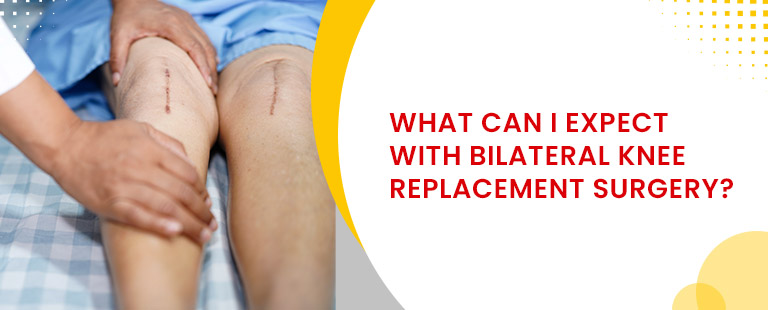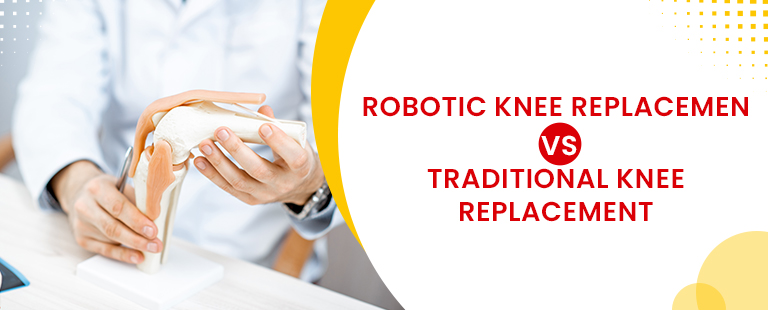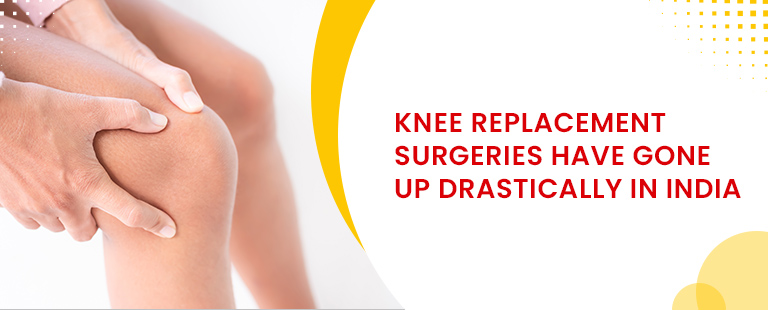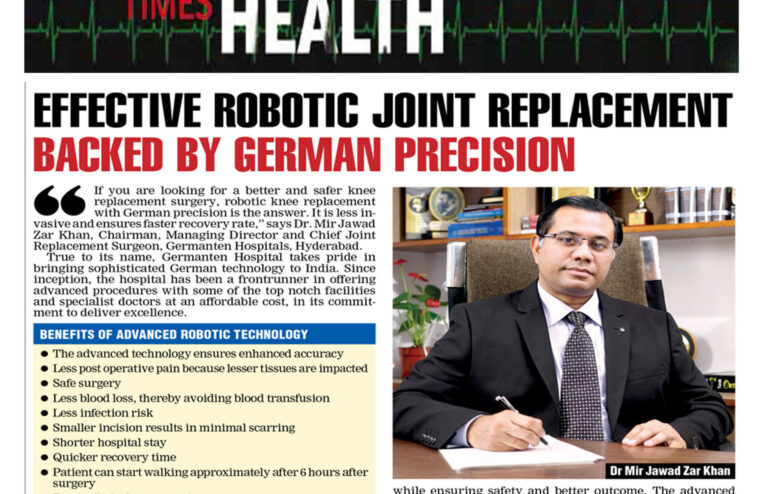Introduction:
Joint replacement surgeries play a crucial role in modern medicine, providing a fresh start for those dealing with joint conditions. The procedure, particularly for hip and knee joints, reduces pain, restores mobility, and improves the quality of life for individuals affected by conditions like osteoarthritis.
This significant medical procedure has advanced over time, not only in surgical methods but also in the materials employed for joint replacements. These materials play an important role in the success of the surgery as they enhance the durability and overall performance of joint replacements.
Read on to learn more about the cutting-edge developments making joint surgeries more durable, safer, and, ultimately, more successful.
How Materials Make a Difference?
The choice of materials plays a critical role in determining the success, durability, and overall effectiveness of joint replacement surgeries. Traditionally, joint replacements were commonly performed using materials such as metal and plastic. While these materials were effective, they had some drawbacks. These disadvantages led to the introduction of newer materials that enabled the replaced joint to last longer without causing any side effects.
The limitations of traditional materials became evident over time. Metal components, while durable, have issues of wear and tear, friction, and the potential for adverse reactions within the body. Plastic, on the other hand, has wear issues, raising concerns about the long-term viability of joint replacements.
Recognizing these challenges, researchers and medical professionals started to explore alternative materials capable of addressing these drawbacks.
Advanced Material Options for Improved Joint Replacement Surgeries:
As discussed above, with time, the shortcomings of conventional materials, such as wear and tear, friction, and the life span of the surgery, led to the use of superior materials such as ceramics, specialized alloys, etc. Some of the commonly used material options in joint replacement surgeries these days are mentioned below:
Advanced ceramics:
A notable advancement is the use of advanced ceramics, such as alumina and zirconia, as alternatives to traditional materials. These ceramics have a smoother surface, cause less friction, and can withstand more wear and tear. This means the new joint can last longer and is less likely to cause issues.
The ceramic’s durability in joint replacements helps the implants last longer, lowering the chances of complications and the need for additional surgeries. With reduced wear rates and enhanced durability, joint replacements utilizing alumina and zirconia allow patients to do more physical activities without worrying about the implants wearing out prematurely.
Special Alloys:
Progress in metallurgy has significantly influenced the development of materials for joint replacements. The use of new alloys, like cobalt-chromium and titanium, has become widespread in orthopedic implants.
These alloys offer high strengths, corrosion resistance, and compatibility with the body, rendering them well-suited for joint replacement surgeries. This innovative material not only improves the overall performance of the joint but also reduces the risk of adverse reactions within the body.
Highly Cross-Linked Polyethylene:
Another innovative material to minimize the wear-related challenges of traditional materials is the use of highly cross-linked polyethylene. Wear is a natural occurrence in joint replacements due to the constant friction between implant components during everyday movements.
Traditional polyethylene, over time, can undergo wear and tear, leading to complications such as implant degradation and the release of wear debris into the surrounding tissues. Highly cross-linked polyethylene, with its enhanced molecular structure, significantly reduces the wear rates, addressing these concerns and prolonging the life of the joint replacement.
Conclusion:
As technology progresses, there are exciting possibilities for making the materials used in joint replacement surgeries even better. Ongoing research and development are dedicated to making these materials more durable, minimizing complications, and improving how well patients do after the surgery.
From advanced ceramics to highly cross-linked polyethylene and innovative alloys, each material innovation represents a step forward in addressing challenges and improving patient outcomes. Joint replacement surgeries continue to transform lives, offering individuals a pathway to a more pain-free and active existence.
For Appointments
Visit :www.germantenhospitals.com
Call :9000900937












